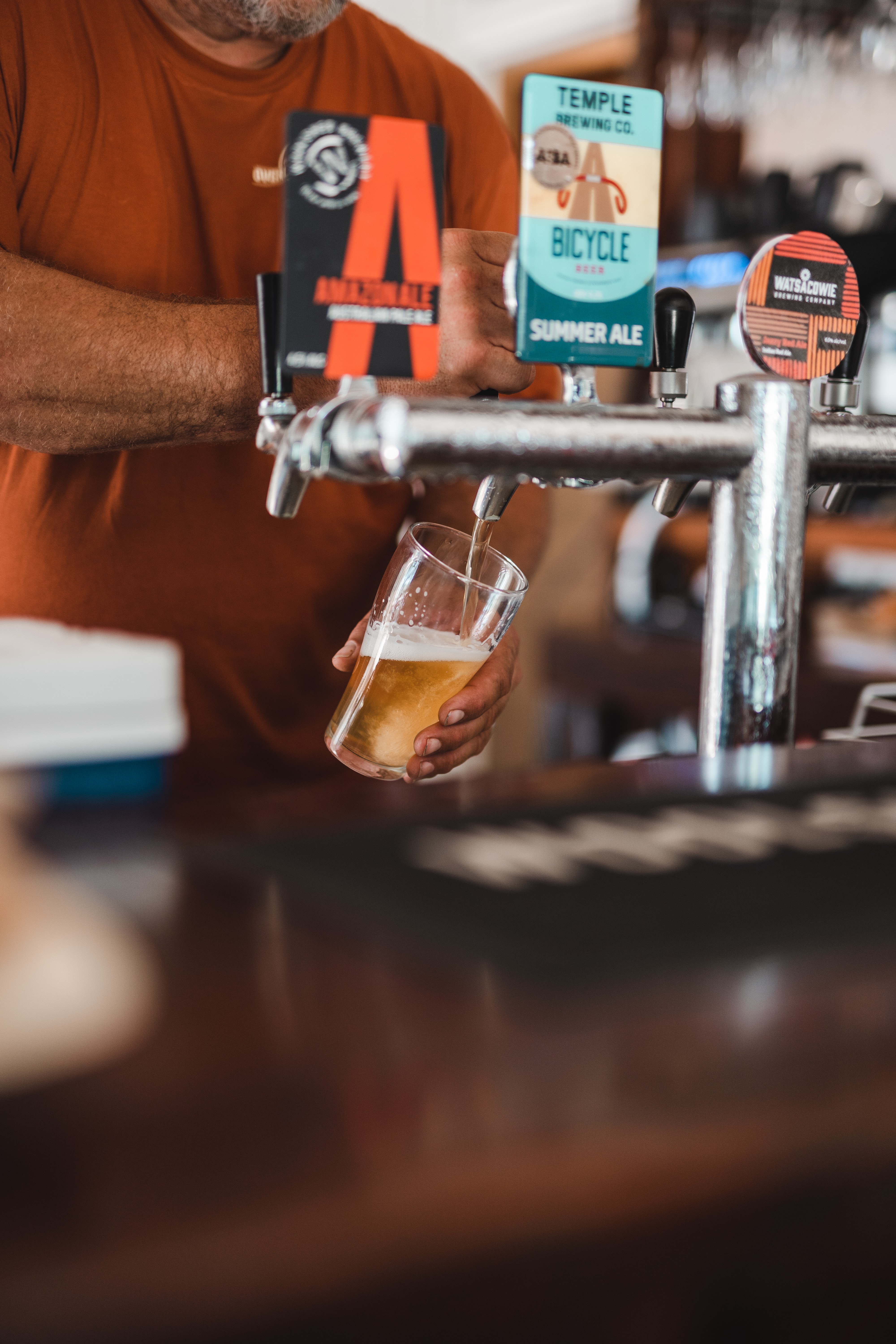Why are Inventory Variance and Inventory Shrinkage Important?
Inventory variance and shrinkage tell a story about what’s going on with your business. If you’re not keeping track of that gap between your sales and inventory, you risk hemorrhaging money and potentially becoming a pushover when it comes to how you run your business. There’s no downside to tracking your inventory variance so there’s no excuse not to.
Using Provi to Track Theoretical Inventory vs Physical Inventory
Provi’s inventory tracking and ordering system gives you all-in-one inventory management, allowing you to see past orders, track your inventory, and order more when you need to. You can stay organized without having to balance different programs and manage contacts from multiple distributors. You can use Provi to set pars and order faster than ever, giving you more time to focus on running your business. If you’re interested in switching up your inventory and ordering method to something you can do in minutes, make an account with Provi today. The best part is, Provi is free.
What Causes Inventory Variance?
We know inventory variance happens, but how? It’s surprisingly easy to cause inventory variance.
- Overpouring and theft. In this instance, it could be a small amount of loss or a big amount. Overpouring can lead to a small amount of variance and could be an indication that you should do a pour test with your bartenders. This is a way to audit your staff and is by no means a punishment, it should be treated like a training refresher of sorts. Theft, on the other hand, is a little more obvious on the inventory variance end of things. The variance itself can’t tell you who exactly is committing the theft, but it can imply that it’s time for a team meeting to get to the bottom of things and the need for a watchful eye.
- Spills and accidents. In general, this is where most of your inventory variance should be coming from. Spills and accidents are part of the job. It could be from getting bumped into by a patron, moving just a little too quickly behind the bar, or the occasional drink mix-up. Big mistakes can happen too, a bottle might shatter or a batched cocktail was made incorrectly. As long as there’s communication for the bigger stuff, spills and accidents should rarely be of concern.
- Incorrectly logging inventory. This can especially happen when you have new people doing inventory. If you notice a huge difference or something is incredibly wrong, it could be an indication that a zero was missing somewhere or something to that effect. If there’s a substantial inventory variance, make sure you double-check that your inventory was counted correctly.
- Ringing items into your POS system incorrectly. This is another example of variance that can occur from new bartenders at your establishment. Ringing things in takes a little bit of time to get used to, especially with specific requests and add-ons. Don’t let this go unnoticed, make sure you’re pointing this out as people are learning the ropes. This can also be an indication of theft, so be wary.
Training Your Staff to Avoid Inventory Variance
Auditing staff once every 3 months or so is a good way to check that everyone is on the same page regarding what’s expected. You can do pour tests and retrain your staff as needed with things like inventory logging and using the POS system you have. Logging waste is a great way to identify which portions of your inventory shrinkage are due to accidents too, allowing you to see exactly where product is moving.
Regardless of how many sales you do and what amount of profits are lost from shrinkage, it’s always important to keep a tab on your inventory variance. You’ll learn a lot about where your product is going and be able to remedy the situation before it gets worse. Think of it as a regular check-up for your profits. If you do it regularly, you can fix a serious problem before it happens.





Comments